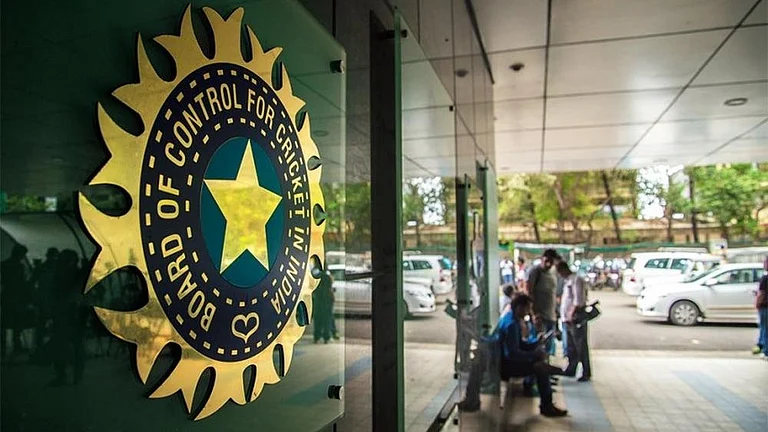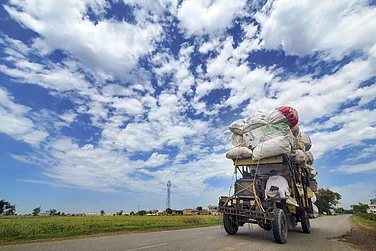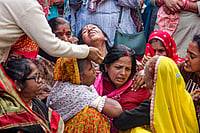The World Health Organization said in a report last week that 14.9 million people had died of Covid-19 across the world since the beginning of the pandemic.
Of these 14.9 million deaths, 4.7 million deaths were from India alone – more than a third of the world’s death toll and over 10 times of the official Indian toll. The Centre rejected the report, saying WHO’s methodology was flawed and that it should have trusted the official Indian data.
The WHO and Centre follow two different methods. While the Centre collates numbers provided by all the states and updates them every morning, the WHO arrived at its figure with a mathematical model. There is also a difference in the definition of death that would be added to the toll.
Here we will explain the three methods used to calculate death toll, their advantages as well as shortcomings, and whether there has been undercounting of Covid-19 deaths so far in India – hard evidence, no opinion.
Different methods to count Covid deaths
The most common method is a nodal agency collating numbers published by all jurisdictions, such as the Indian health ministry publishing an update every morning after collating the numbers provided by all the states in the last 24 hours. In turn, the states get their numbers from districts.
The second method is where you rely on independent sources of data, such as media reports, independent surveys, and numbers taken from hospitals.
The third method, used by the WHO, is the “excess mortality” method. Excess mortality is calculated as the difference between the number of people expected to die in a year based on past year’s data and the number of actual deaths – implying that the “excess” number of “abnormal” deaths are because of the pandemic.
The third method not just calculates deaths caused directly by Covid-19 but also deaths indirectly caused by it. Using this method, a study published in Lancet in March calculated 18.2 worldwide deaths. For India, the number was 4.7 million.
The advantages and disadvantages
In the first method, there are two drawbacks. One, not every jurisdiction might have a robust reporting mechanism, which might result in undercounting. Two, criteria might be different in different places.
For example, there has been controversy in India whether a person with a pre-existing condition (comorbidity) after testing Covid-19 positive would be counted as a coronavirus fatality.
In the second method, an advantage is that you are free from the constraints of being dependent on official data. On the other hand, you would need presence in every district, every block, and you’d need to get numbers from every hospital, which would require a very large workforce.
While this method can work in a smaller jurisdiction, it’s very hard to implement at India’s scale.
In the third method, an advantage is that it captures a fuller scale of the pandemic, as it counts not only deaths from Covid-19 but also deaths that it caused indirectly, such as non-Covid patients who died as they could not avail treatments because of hospitals being overwhelmed or hospitals suspending non-Covid treatments.
Has there been undercounting in India?
To some extent, yes.
A number of Indian states, such as Bihar, Gujarat, Madhya Pradesh, Kerala, and West Bengal have revised their Covid-19 death tolls, reconciling deaths to their tallies that went unreported earlier.
Sometimes, this reconciling exercise was done after judicial orders, and sometimes it was done after media investigations that captured the disparity between the reality on the ground and the picture presented by the numbers.
Kerala has been consistently reconciling previously unreported deaths. On Thursday, while the rest of India reported seven deaths, Kerala reported 17 – all of which were previously reconciled deaths.
There is also anecdotal evidence suggesting some people died without getting their test results in the deadly second wave. Since they were outside the official system, they are unlikely to feature in any tally.


























